Prior to 1824, all cemeteries in were rural graveyards often adjacent to churches. One hundred and fifty of these interment sites remain. The notable exception, however, was the “bury grounds,” established for the newly founded town of Indianapolis. The bury grounds were public and non-sectarian. The early churches of Indianapolis buried outside of .
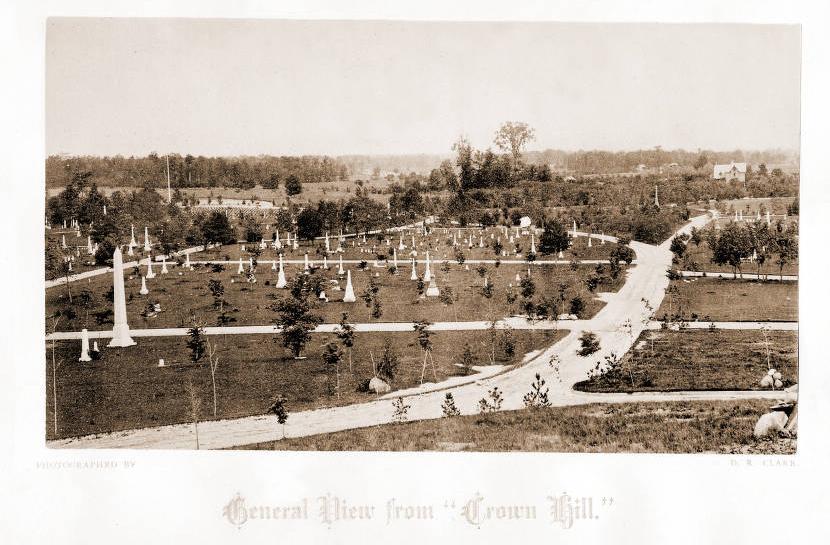
Many of the early Marion County interment sites line the streets of the city itself. Two examples are Pleasant Hill Cemetery in (south of 86th Street on Moore Road) and Round Hill Cemetery in (5300 South Meridian). Both continue to be used for burials.
Included in this grouping was a small burial ground established in the summer of 1821, southwest of the city on an eminence overlooking the . Here the community buried the first of its dead, residents who died from an outbreak of fever. On March 27, 1824, 71 citizens of Indianapolis signed a charter that established it as the city “bury grounds.” This first city cemetery was located on the west side of Kentucky Avenue near White River about seven blocks southwest of the Circle. Among its administrators were Dr. , , , , and other local businessmen.
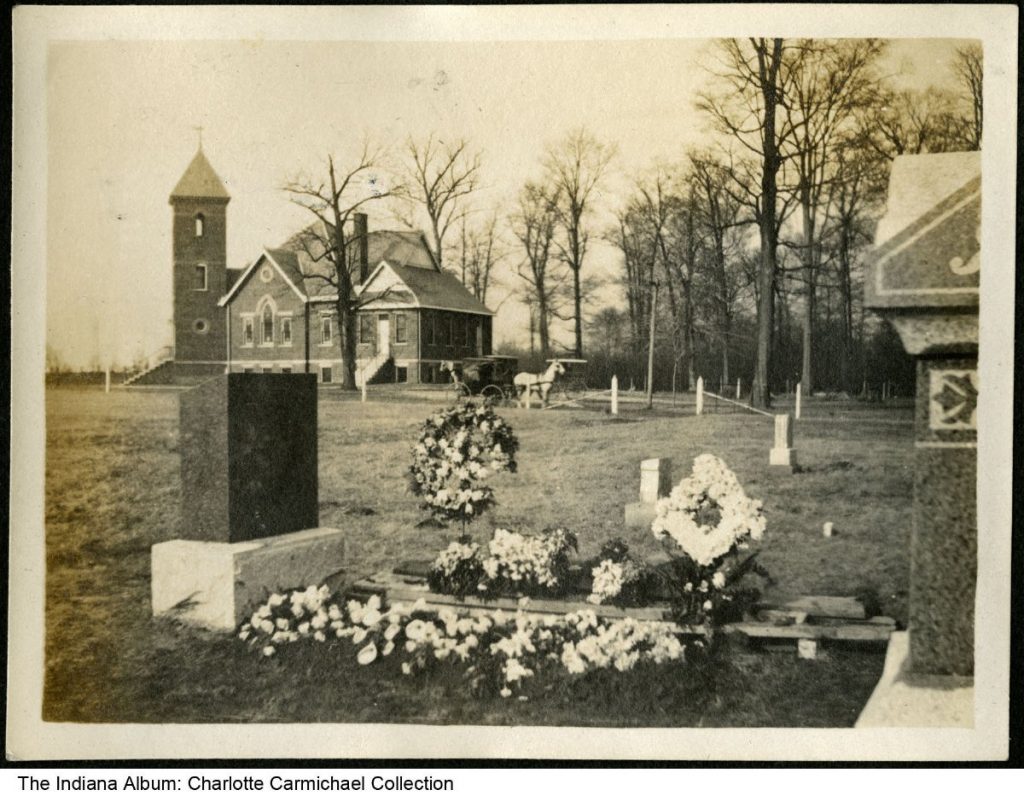
In February 1834, Union Cemetery was laid out on the eastern boundary of the original burial grounds, increasing the overall size of the area to nine acres. Four years later a Philadelphia firm (Siter, Price and Co.) added another eight and one-half acres to it, calling this addition Greenlawn Cemetery. Finally, in early 1852, seven and one-half acres were given to the city by Edwin J. Peck, president of the Terre Haute and Indianapolis Railway Company, which expanded the City Cemetery complex to a total of 25 acres.
Although all of this region was commonly referred to as City Cemetery prior to and during the Civil War period, sometime thereafter citizens adopted the name of Greenlawn, so named from the third addition to it. Maps of the city published after the 1870s bear this change in identity. Prominent Indianapolis personages including , , Noah Noble, and James Whitcomb purchased lots at the old burial grounds.
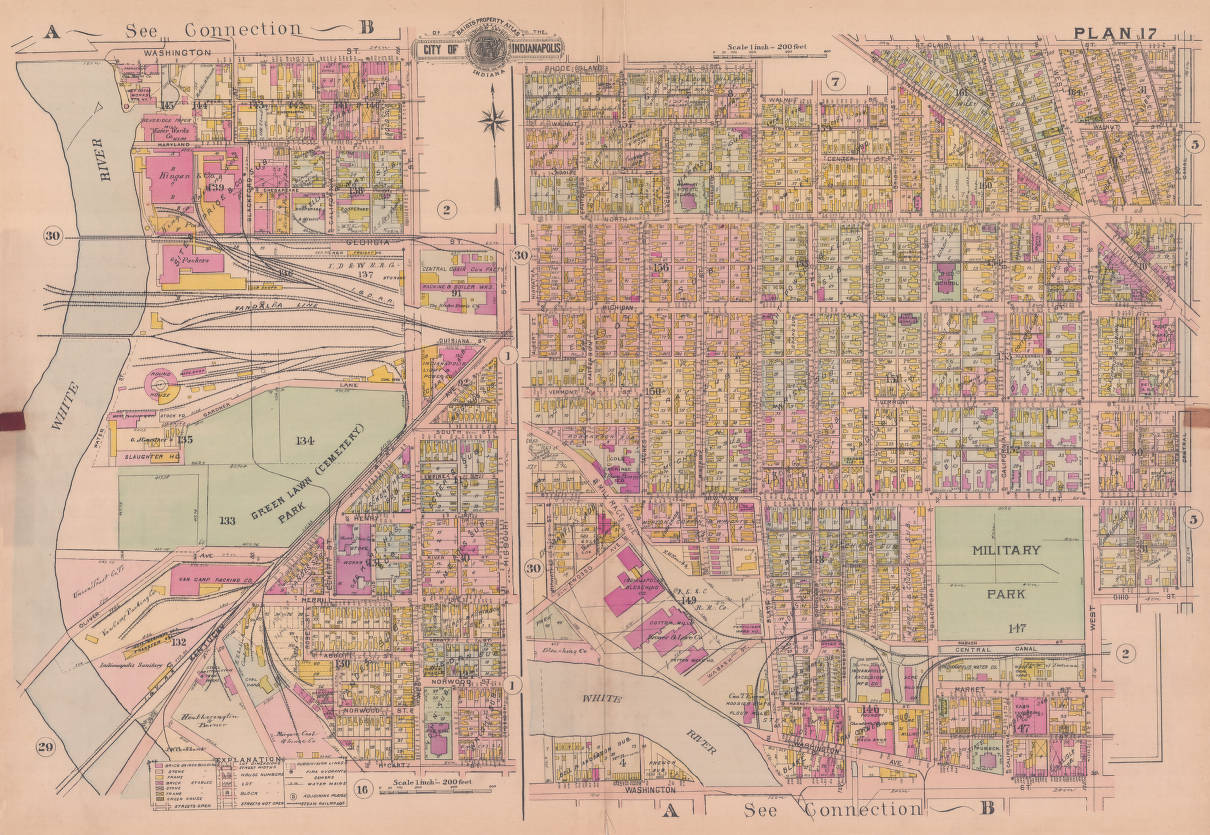
During the , 1,281 Union soldiers and 1,616 Confederate prisoners of war (who died while confined at ) were laid to rest within the boundaries of City Cemetery. All documentation of the precise location of these burials, and of all lot owners and those burials within each family lot, was lost in a fire that occurred at the cemetery office sometime prior to 1866.
The city burial grounds began to lose popularity soon after the dedication of on June 1, 1864. According to Calvin Fletcher, the City Cemetery had become a public disgrace. Lack of care made it an embarrassment to the community. Graves were sunken pits, and many headstones lay on the ground.
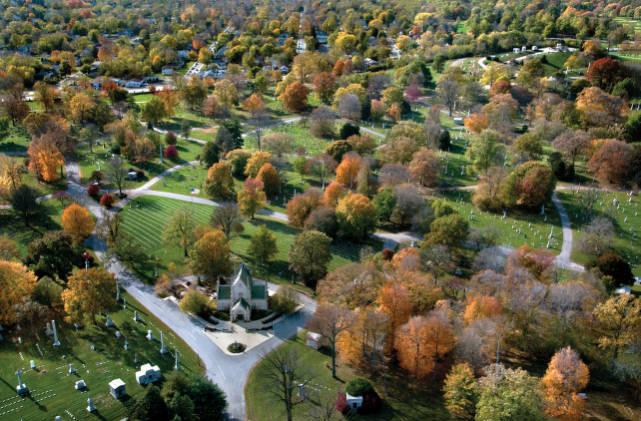
Some families with loved ones buried in the old grounds purchased lots in Crown Hill, located 2.8 miles north of the city, and reinterred the remains in the rolling hills and valleys of the new rural facility. Such leading citizens as Governors Noble and Whitcomb, initially interred at the City (or Greenlawn) Cemetery, were removed to Crown Hill during the 1890s. Additional interments continued to be made at City (or Greenlawn) Cemetery until 1890. That year marked the closing of the graveyard to any further burials.
In 1920 E. H. K. McComb, principal of , made an accurate listing of the gravestones. The region later became an industrial area with as the largest of several firms at that location. Despite this, several graves are thought to still exist there.
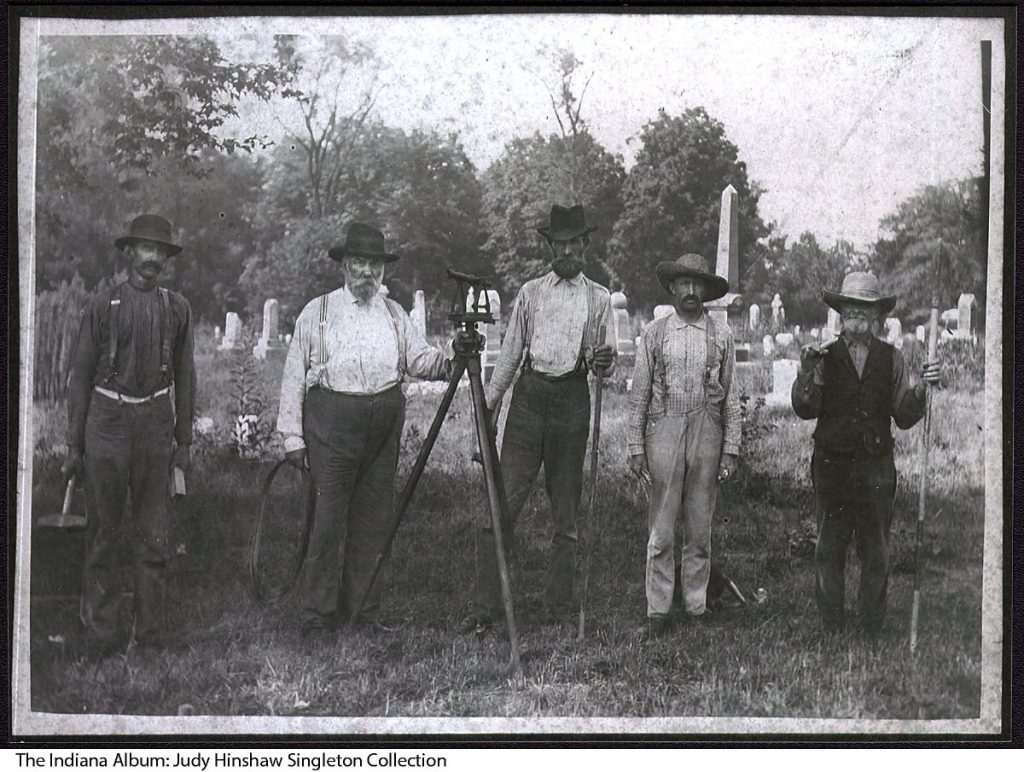
One of the small country cemeteries incorporated into the city as it expanded eastward is Anderson Cemetery, located at 6500 East 10th Street. A check of burial records has established the first burial to have been in 1843, although earlier interments may have been made there. A large number of families from and several from are buried there.
Other 19th-century cemeteries are affiliated with religious traditions. In 1856 the Indianapolis Hebrew Congregation (IHC) laid out the Hebrew Cemetery at the northeast corner of the intersection of Kelly Street and Bluff Road, about two miles south of the city. This area is about a quarter-mile north of Pleasant Run and is the burial place of several prominent Jewish families. Although the cemeteries appear to be just one, eight, for the multiple synagogues in the city, surround the first Hebrew Cemetery.
In 1862, Monsignor Auguste François Besonnies, who was pastor of St. John the Evangelist Parish and Vicar General of the Diocese of Vincennes, bought 18 acres for a plot on Bluff Road, immediately to the south of the Hebrew grounds, and established the first Catholic cemetery, for Irish Catholic families. First known as St. John Cemetery, it was renamed Holy Cross Cemetery in 1891.
In 1870, St. Joseph was established for the German Catholic population of the city. It was located just to the east of Holy Cross. These two cemeteries eventually merged to become the Holy Cross Cemeteries Association. A third Catholic burial area was incorporated in 1945 as Calvary Cemeteries. In 1951, the three joined to operate as the Catholic Cemeteries Association.
As the population expanded to the north, the need for another Catholic cemetery became apparent. In 1993, the Indianapolis Archdiocese acquired land on Haverstick Road west of Keystone at the Crossing and established the Crossing for Our Lady of Peace. The first burial took place in Our Lady of the Peace in 1996.
The last of the 19th-century religiously affiliated cemeteries located in what is now the metropolitan area of Indianapolis is the Lutheran Cemetery, located about a mile south of the Holy Cross and St. Joseph area. It was created in 1879 when trustees of St. Paul Evangelical Lutheran Church purchased 10 acres at this site. Known as Concordia Cemetery, it has more than doubled in size.
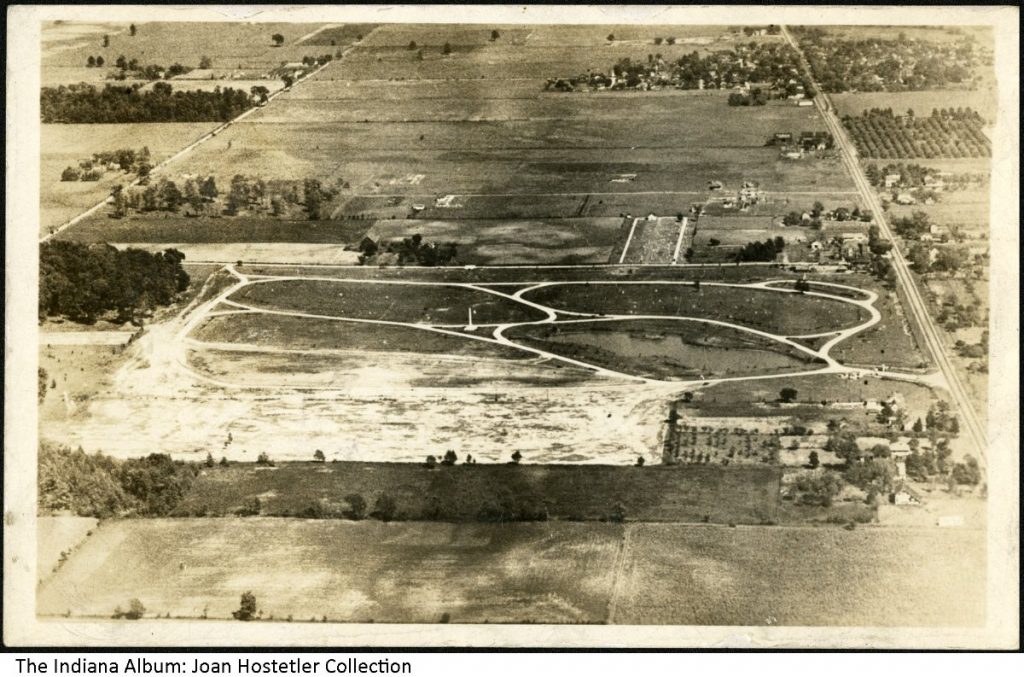
Several, but by no means all, of the larger non-sectarian cemeteries which came into existence during the 20th century are: Floral Park Cemetery (1919), on Cossell Road; Floral Park West Cemetery (1919), at 9200 on West st Street; Forest Lawn Cemetery (1955), in ; Glenn Haven Cemetery (1927), north of what is now Kessler Boulevard, between Cooper Road and Michigan Road; Lincoln Memorial Gardens (1956), at ; Memorial Park Cemetery (1917), on the northside of East Washington Street, in the 9300 block; New Crown Cemetery (1900), at 2100 Churchman on the southeast side of the city; Oaklawn Memorial Gardens (1953), northwest of Castleton on Allisonville Road; Washington Park East (1927), at 10800 East Washington Street; Washington Park North, originally Rest Haven Cemetery (1944), directly south of and attached to the Glenn Haven Cemetery.

Help improve this entry
Contribute information, offer corrections, suggest images.
You can also recommend new entries related to this topic.